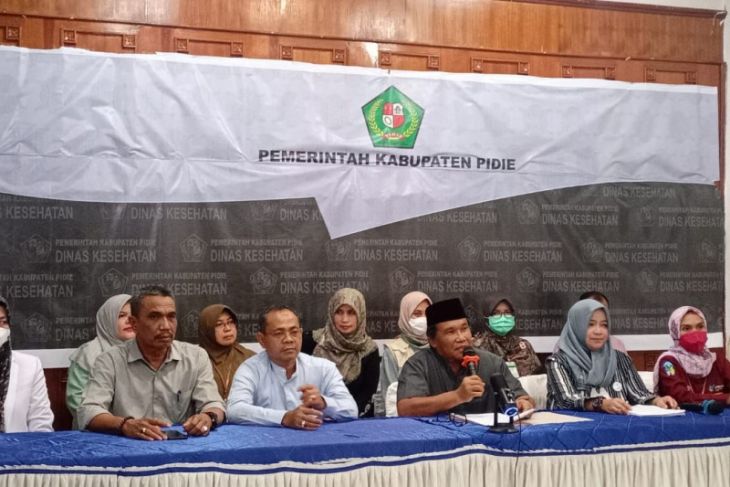– They certainly have the ability for several attacks, but they can’t repeat it too many times. They don’t have the capacity for it, says Lars Peder Haga of the Norwegian Air Force School.
On Tuesday of this week, Russia carried out the most massive airstrike on Ukraine since the beginning of the war. Nearly a hundred cruise missiles have been fired at all of Ukraine’s counties, apart from annexed Crimea.
Ukrainian authorities he claims about 70 of these were shot down. To overcome Ukraine’s air defense systems, the Russians are almost forced to launch a large number of missiles for each attack.
This puts Russia in a difficult situation, the expert believes.
Insecurity
– Russia is unable to produce missiles at the pace it consumes. But it’s hard to know how many are left, she says.
Even Tom Røseth, principal intelligence lecturer at the Norwegian Defense College and head of their Ukraine research group, isn’t sure how many missiles the Russians have.
also read
Fear of power outages and winter cold: – Thousands of Ukrainians will freeze to death this winter
– There is a secret number of missiles they have. We’ve talked about it for a long time starting to empty out, and then we see waves of attacks coming, says Røseth.
Ukrainian Defense Minister Oleksiy Reznikov tweeted that Russia had only 609 missiles left. It was before Tuesday’s attack.
Pay tribute to the Norwegian system
Following the attacks, Ukrainian President Volodymyr Zelenskyi praised Norway’s Nasam air defense system. According to the Ukrainian and American authorities, the system was supposed to shoot down ten missiles, in ten attempts.
According to Haga, this is the first time the air defense system has been used decisively. The system is optimized for shooting down cruise missiles.
also read
Even though he knew something was up when he checked his phone. Hours later, the news rocked the world
– I expected Nasams to work well, but if it worked as reported, that’s impressive, notes Haga.
Røseth is also impressed with the defense system.
– It’s surprisingly good, but at the same time something you demand from a fully modern air defense system, says Røseth.
– Two priorities
The air defense systems are manufactured by the Kongsberg group, but were donated by the United States to Ukraine. Additionally, Ukrainian soldiers received training on the use of the advanced air defense system in Norway.
The US is said to have supplied two systems with the Nasams, but it is not known how much this actually covers, other than the fact that it can cover two separate areas in Ukraine from missile attacks.
They will also supply another six Nasams to Ukraine. Røseth estimates that such a system is sufficient to cover all of Kiev. He is confident that Ukraine should give priority to missiles.
– They must protect critical infrastructure and the front line. It is quite clear that the Russians will hit their infrastructure before winter. In addition, the Russians are superior in the air on the front line, so they have to protect it from helicopters and fighter planes, for example, says the intelligence expert.
Missile run
Haga believes the war has now turned into a missile race between Russia and Ukraine.
– This has become a battle of who finishes first. Either Ukraine with anti-aircraft missiles or Russia with their missiles. That is why it is absolutely essential that Ukraine receives Western-supplied air defenses, Haga explains.

also read
Expert on missile attacks in Poland: – Biggest test so far for NATO
Russia has ended up in a difficult situation, according to the expert. They can’t produce missiles at a fast enough rate and are struggling to buy the parts and technology they need to build new ones. According to recent reports, Russian missiles are built with American technology and parts. This has now stopped.
– Now it will be a bottleneck for them, because they will no longer have access to this. I think the situation with Russian production is very bad, says Haga.
Instead, the Russians have invested in many Iranian strike drones. Nor does Haga think this is the solution for the Russians.
– It’s probably a symptom that things are not going very well. Those drones are nowhere near what the Russians had in terms of airstrike weapons, she says.


